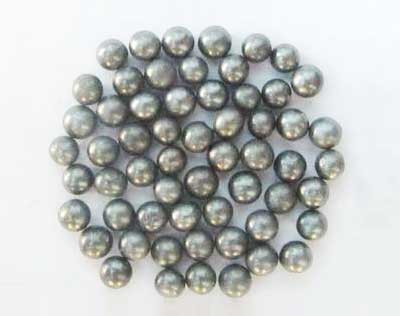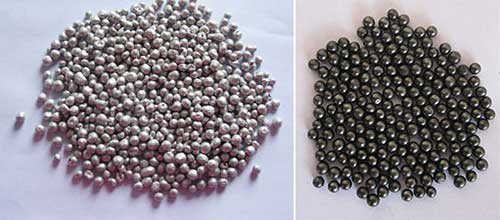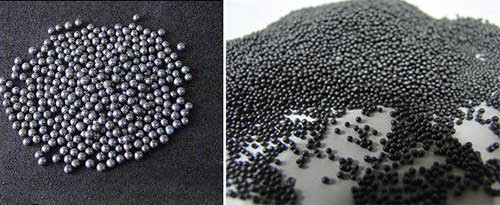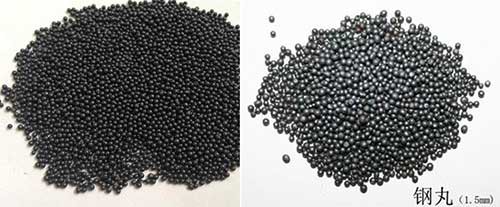Alloy steel shot



- Product name : Alloy steel shot
- Product Categories : Alloy steel shot
- Manufacturer/Supplier: Shandong Metal Abrasive Co., Ltd
The hardness of alloy steel shot is directly proportional to the cleaning efficiency of the shot. The higher the hardness, the faster the cleaning speed. This is because the alloy steel shot will bounce back multiple times after being ejected onto the surface of the workpiece, resulting in multiple impacts in one ejection. However, at the same time, the lifespan of the alloy steel shot will be shortened and the consumption will increase. High hardness alloy steel shot will hit deeper on the surface of the workpiece, but the shot is prone to breakage, and excessive hardness can also damage the workpiece and cause excessive cleaning. The cleaning efficiency of steel shot with too low hardness is low because the rebound performance of alloy steel shot is reduced, and the cleaning effect is slightly worse. It often requires a longer cleaning time to achieve a rational effect. The advantage is that it protects the workpiece and reduces the crushing consumption of alloy steel shot. Choosing a steel shot with appropriate hardness will balance the two, not only improving work efficiency and ensuring cleaning effect, but also reducing the consumption of steel shot and the wear of shot blasting machine guard plate. In summary, the choice of hardness for alloy steel shot is not fixed, and different workpiece materials require corresponding alloy steel shot.
At present, due to limited steel production capacity, the market price of steel has been rising all the way, and the price of scrap steel has also been rising again and again. In this environment, alloy steel balls have become a low profit product. If the price of alloy steel balls is significantly low, then we should be vigilant. The quality of such alloy steel balls is generally not good;
The surface of high-quality alloy steel shot is dark gray and has a certain brightness, giving people a very textured feeling. If it's not like this, the quality will be relatively poor;
The hardness of alloy steel shot is very important. If the hardness is not enough, it will be easily broken during the shot blasting process. Such steel shot has a short lifespan, high consumption, and poor cleaning effect. Testing hardness requires a certain amount of experience. You can place alloy steel balls on an iron plate and strike them with a hammer, with varying degrees of force, to assess the ball's resistance to impact and determine if its hardness is sufficient. Don't buy steel balls that break easily with just one tap, it's just that the hardness is not enough;



Related Products
- E-mail zs@sdsmachinery.com
- whatsapp +8615653328535
- Wechat +8615965331535
-
Shandong Metal Abrasive Co., Ltd produces China steel shot and alloy steel shot at a low price, with a complete range of models and a professional team

